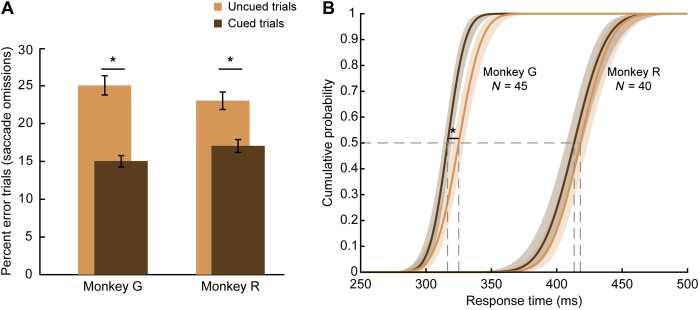Fig. 2. Monkeys used symbolic cue to guide spatial attention and improve task performance.
(A) Percent of trials in which each monkey failed to detect the go signal (brightening of a peripheral spot) and complete a saccade within the requisite time (800 ms for monkey R and 600 ms for monkey G). For both monkeys, error rates were significantly lower when the attended location was cued than when it was uncued (paired t test, P < 0.0001). Thus, on cued trials, the monkeys used the cue’s inner color to direct their covert spatial attention and improve detection of the peripheral go signal. Error bars: SEM across sessions. (B) Cumulative probability distributions of RT on correct trials for each monkey. Across monkeys, responses were significantly faster on cued trials than on uncued trials (P < 0.0005). Asterisks mark significant differences. Data are based on 45 sessions from monkey G and 40 sessions from monkey R.

